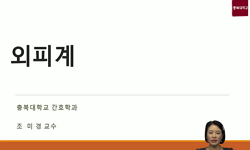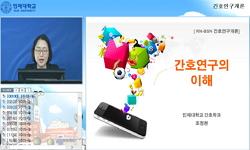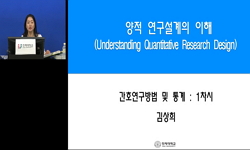Purpose: There are few studies globally regarding the barriers to restraint-reduction. The purpose of this study was to describe the views of nursing staff (both nurses and geriatric care assistants) regarding the barriers to reducing physical restrai...
http://chineseinput.net/에서 pinyin(병음)방식으로 중국어를 변환할 수 있습니다.
변환된 중국어를 복사하여 사용하시면 됩니다.
- 中文 을 입력하시려면 zhongwen을 입력하시고 space를누르시면됩니다.
- 北京 을 입력하시려면 beijing을 입력하시고 space를 누르시면 됩니다.
https://www.riss.kr/link?id=A107568678
- 저자
- 발행기관
- 학술지명
- 권호사항
-
발행연도
2012
-
작성언어
English
- 주제어
-
등재정보
SCOPUS,KCI등재,SCIE,SSCI
-
자료형태
학술저널
-
수록면
173-180(8쪽)
- 제공처
-
0
상세조회 -
0
다운로드
부가정보
다국어 초록 (Multilingual Abstract)
Purpose: There are few studies globally regarding the barriers to restraint-reduction. The purpose of this study was to describe the views of nursing staff (both nurses and geriatric care assistants) regarding the barriers to reducing physical restraint use in Korean nursing homes. Methods: Forty registered nurse and geriatric care assistant informants participated in the first round of interviews and 16 of them participated in second confirmatory interviews. All interviews were conducted on site, one-on-one and face-to-face, using semi-structured interview protocols. Qualitative descriptive method was used and qualitative content analysis was employed. Results: Six themes were identified: (a) being too busy, (b) lack of resources, (c) beliefs and concerns, (d) lack of education, (e) differences and inconsistencies, and (f) relationship issues. Conclusion: The findings of this study provide a valuable basis for developing restraint reduction education programs. Korean national leaders and nursing homes should develop and employ practice guidelines regarding restraints, support nursing staff to follow the guidelines, provide more practical and professional education, employ alternative equipment, use a multidisciplinary team approach, and engage volunteers in care support as well as employ more nursing staff to achieve restraint-free care.
동일학술지(권/호) 다른 논문
-
Nursing Staff Views of Barriers to Physical Restraint Reduction in Nursing Homes
- 한국간호과학회
- 공은희
- 2012
- SCOPUS,KCI등재,SCIE,SSCI
-
- 한국간호과학회
- 이태화
- 2012
- SCOPUS,KCI등재,SCIE,SSCI
-
Creating and Validating Educational Material for Patients Undergoing Orthognathic Surgery
- 한국간호과학회
- Cristina Silva Sousa
- 2012
- SCOPUS,KCI등재,SCIE,SSCI
-
- 한국간호과학회
- Wi-Young So
- 2012
- SCOPUS,KCI등재,SCIE,SSCI








 ScienceON
ScienceON






